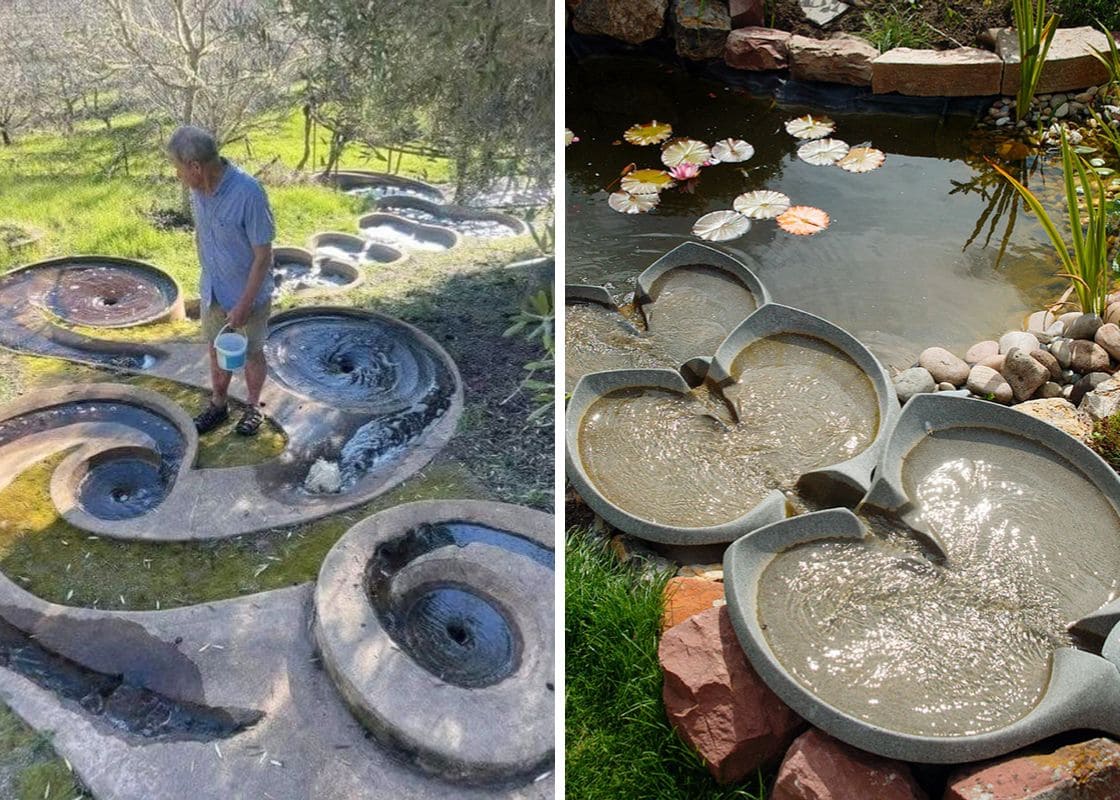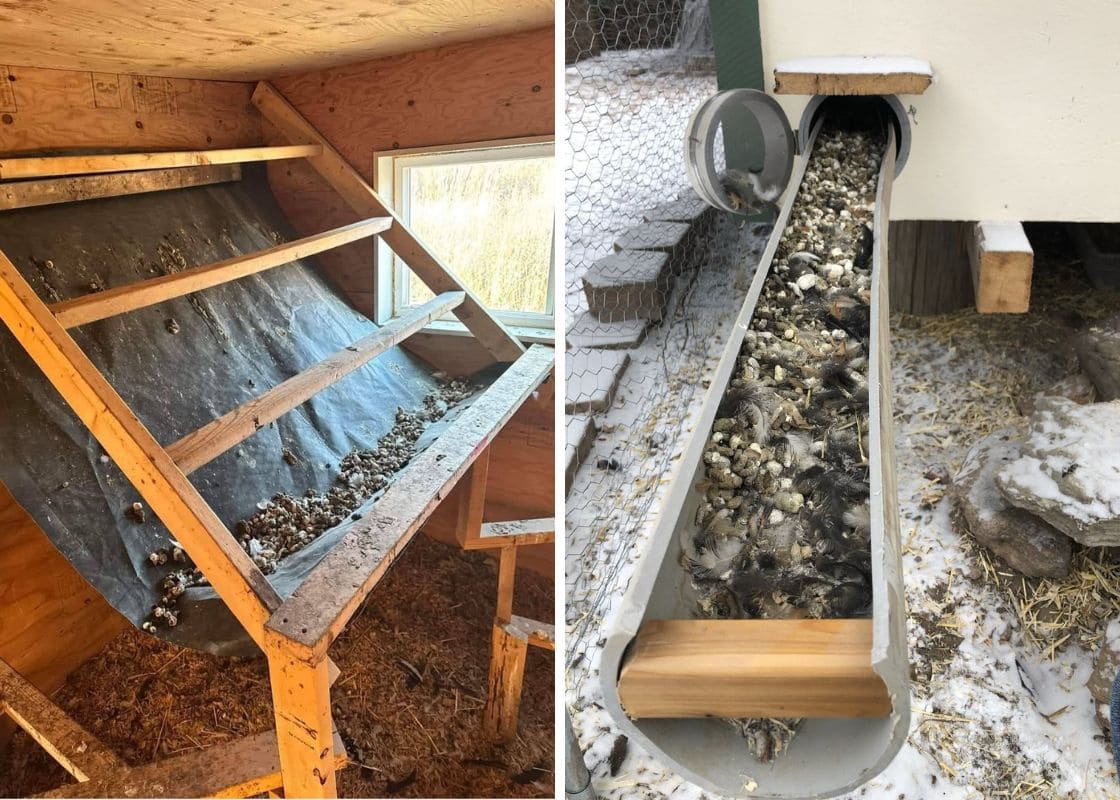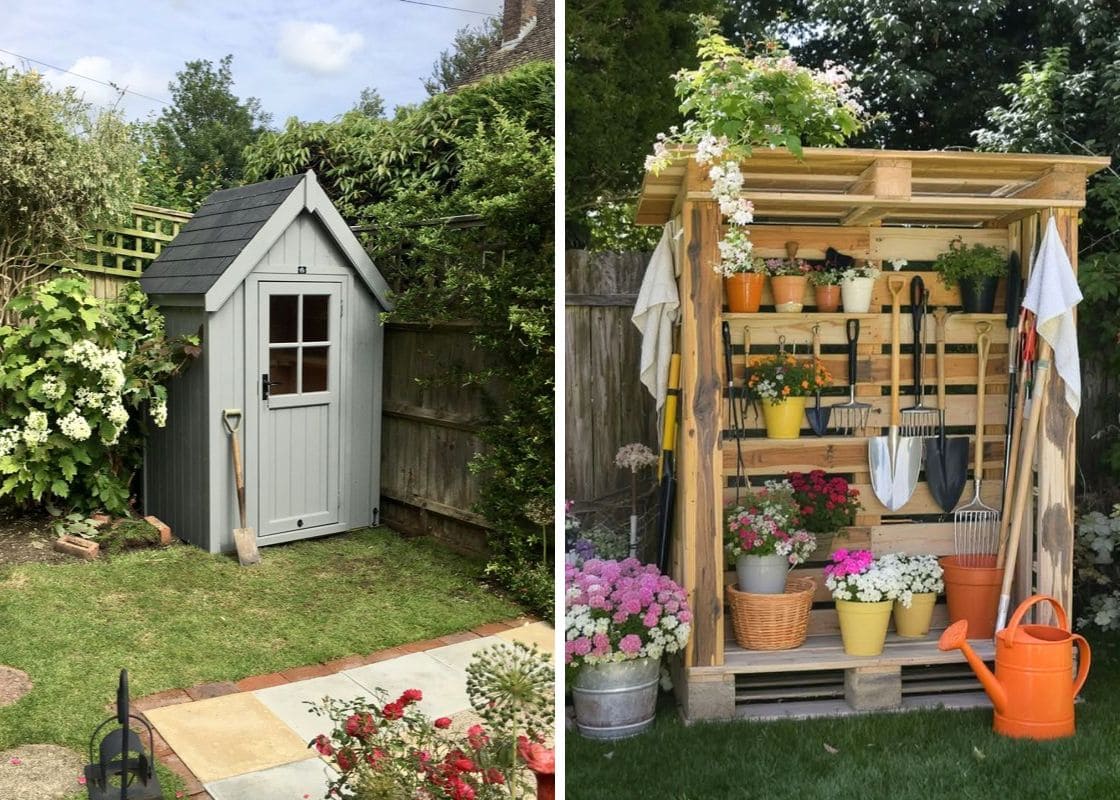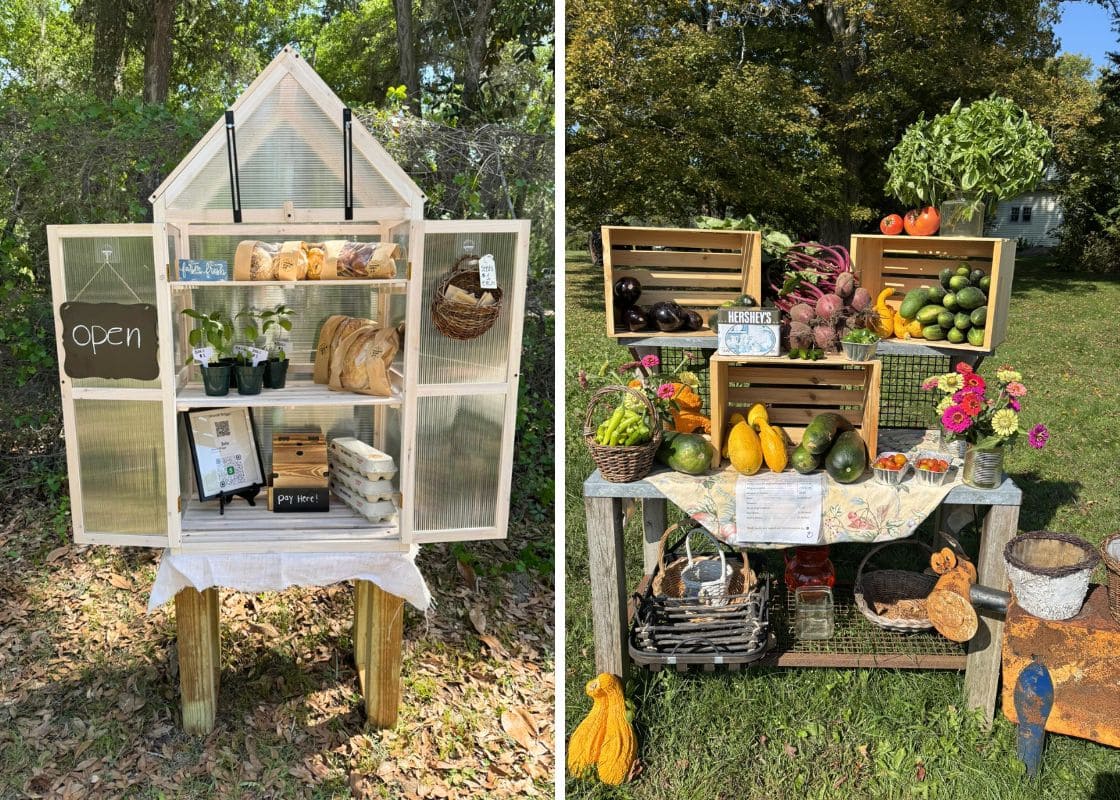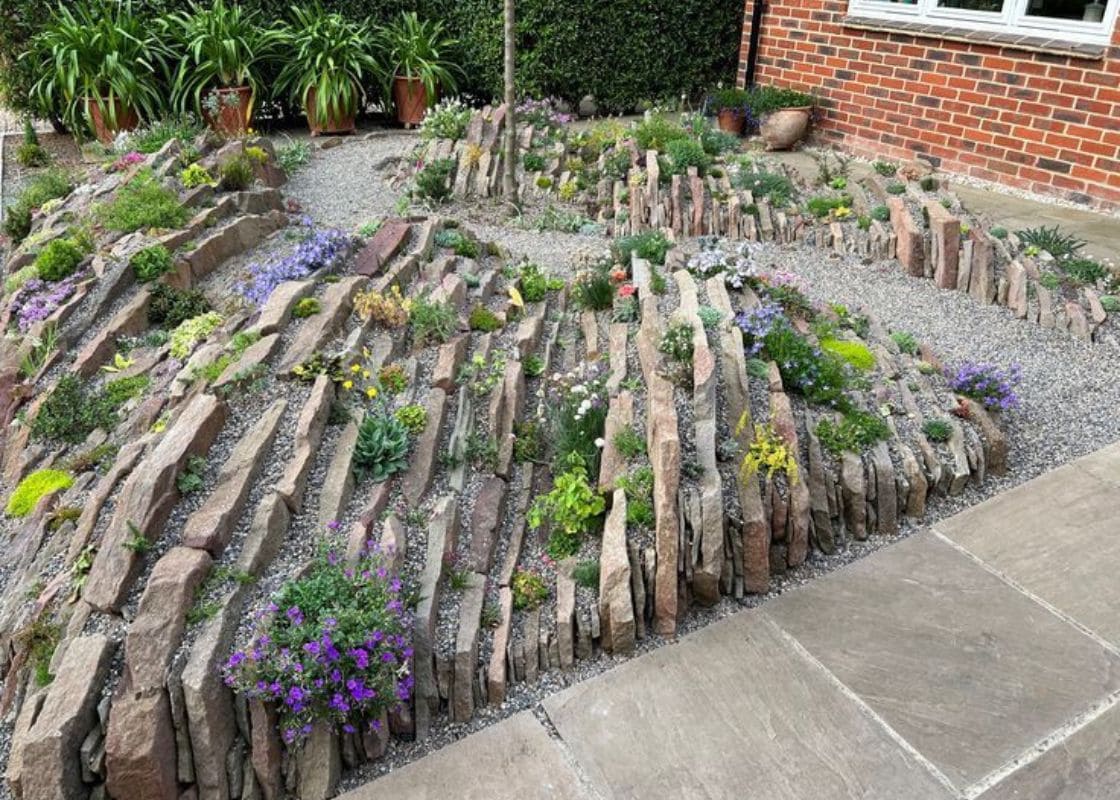If you’ve ever looked out at your garden and wished for a bit of help, something to handle the aphids, keep the beetles in check, or simply make things bloom a little brighter, you’re not alone.
But here’s the thing: you might already have help. You just haven’t noticed it. All around your garden, there’s a quiet army at work. No fanfare, no fuss.
Just six-legged wonders keeping pests under control, improving pollination, and balancing the ecosystem like it’s second nature. These are beneficial insects and once you recognize them, your relationship with your garden changes.
#1. Ladybugs

- Scientific name: Coccinellidae
- Targets: Aphids, whiteflies, spider mites, scale insects
- Best stage: Larvae and adults
- How to attract: Grow dill, fennel, cilantro, or marigolds; avoid broad-spectrum insecticides
There are over 5,000 species of ladybugs worldwide, and every single one is a natural-born pest controller. Most people know their bright red wings with black spots but it’s the larvae, long and spiky like tiny alligators, that do the real heavy lifting.
Ladybugs prefer to patrol the undersides of leaves, where aphids and mites hide out. They don’t just nibble, they consume.
One ladybug larva can eat up to 400 aphids during its development. And unlike chemical sprays, they won’t harm your plants or pollinators. To keep them coming, resist the urge to tidy your garden too much as ladybugs appreciate a little mess.
#2. Green Lacewings
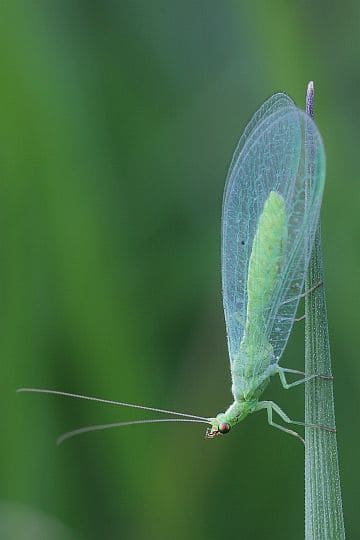
- Scientific name: Chrysopidae
- Targets: Aphids, mealybugs, thrips, scale insects, whiteflies
- Best stage: Larvae
- How to attract: Cosmos, angelica, dill, and golden marguerite
Their adult form is delicate, green wings that shimmer like lace in the light but it’s the larval stage that does the dirty work. Often called “aphid lions,” lacewing larvae have curved jaws and an insatiable appetite for soft-bodied pests.
Found in most climates and active during the growing season, lacewings are relatively shy. They prefer gardens with layered vegetation and small flowering herbs.
If you keep nectar-rich plants blooming from spring to fall, you’ll likely earn their loyalty. A tips is avoiding using neem oil or insecticidal soaps when they’re present as they’re sensitive and you want them to stick around.
#3. Hoverflies
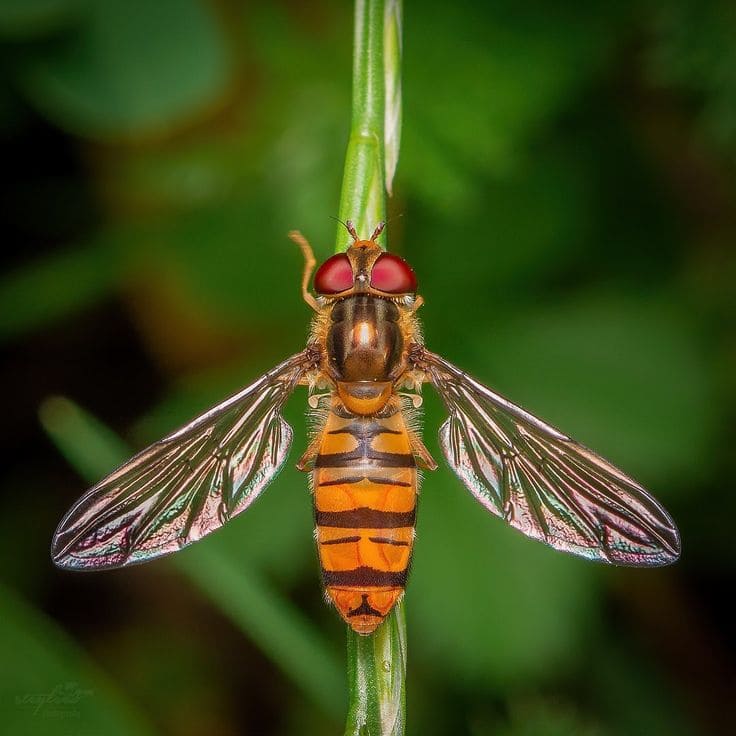
- Scientific name: Syrphidae
- Targets: Aphids, scales, mealybugs
- Best stage: Larvae
- How to attract: Alyssum, calendula, yarrow, chamomile, and dill
At first glance, hoverflies might fool you into thinking they’re bees. Their black-and-yellow stripes are a form of mimicry, nature’s way of saying “don’t mess with me” when they’re actually harmless.
The adults are expert pollinators, hovering like tiny helicopters around flowers. But it’s their larvae slug-like and camouflaged that roam the stems and leaves, quietly consuming aphids one by one.
What’s lovely is that hoverflies do double duty: pollination and pest control, all from one little winged body. Scatter clusters of flat-topped blooms around your garden, and you’ll see them floating in before you know it.
#4. Parasitic Wasps
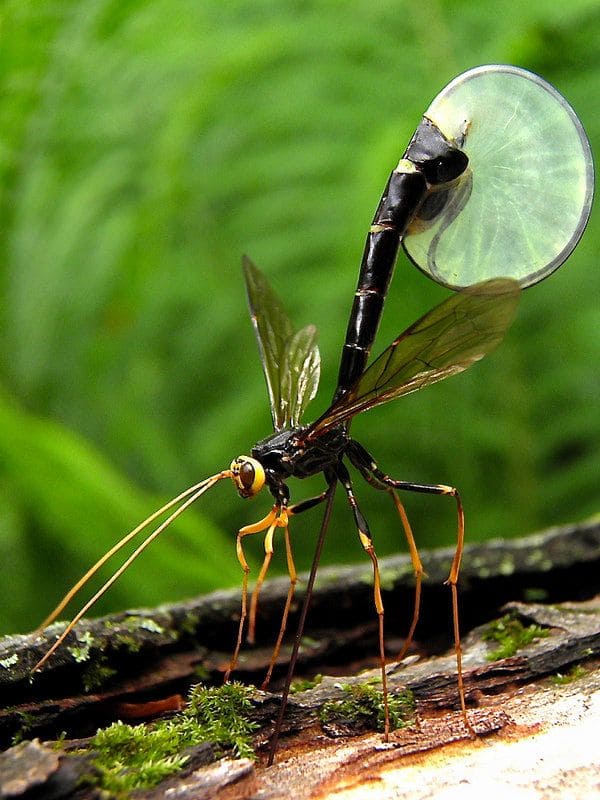
- Scientific name: Various genera (e.g., Trichogramma, Aphidius)
- Targets: Aphids, caterpillars, leafminers, whiteflies
- Best stage: Adult (lays eggs inside or on pests)
- How to attract: Dill, parsley, fennel, Queen Anne’s lace
You won’t always see them working, but you’ll see their impact, little mummified aphids, stilled leafminers, or parasitized caterpillars that never made it to adulthood. These wasps don’t sting people, but they’re ruthless when it comes to pests.
There are thousands of species, most of them barely visible to the naked eye. Some lay their eggs inside aphids; others go for larger targets like tomato hornworms.
To welcome them, plant umbel-shaped flowers and let some herbs go to seed. You’re not just feeding pollinators, you’re feeding a microscopic security force.
#5. Ground Beetles

- Scientific name: Carabidae
- Targets: Slugs, caterpillars, cutworms, root maggots
- Best stage: Both larvae and adults
- How to attract: Leave mulch, stones, logs, or leaf litter
These armored beetles don’t fly much, but they run and fast.
You’ll find them scurrying across the soil surface at night, hunting down pests that hide from the sun. With over 2,000 species in North America alone, you likely already have a few.
What they need is shelter. A clean, overly pruned garden doesn’t work for them. But if you give them mulch to hide under and a few damp corners, they’ll stay and work for you while you sleep.
#6. Praying Mantises

- Scientific name: Mantodea
- Targets: Grasshoppers, beetles, flies, moths
- Best stage: Adults
- How to attract: Tall grasses, shrubs, and native plants
With their triangular heads and slow, meditative movements, mantises seem almost otherworldly. They wait with their forelegs folded like monks in prayer then strike with astonishing speed.
Mantises are generalists. That means they’ll eat bad bugs… and sometimes good ones too. But they’re still valuable in areas with heavy pest infestations.
If you’re trying to attract them, create vertical structure: ornamental grasses, tall herbs, or climbing vines. They prefer the shadows and stillness of layered plant life.
#7. Spiders
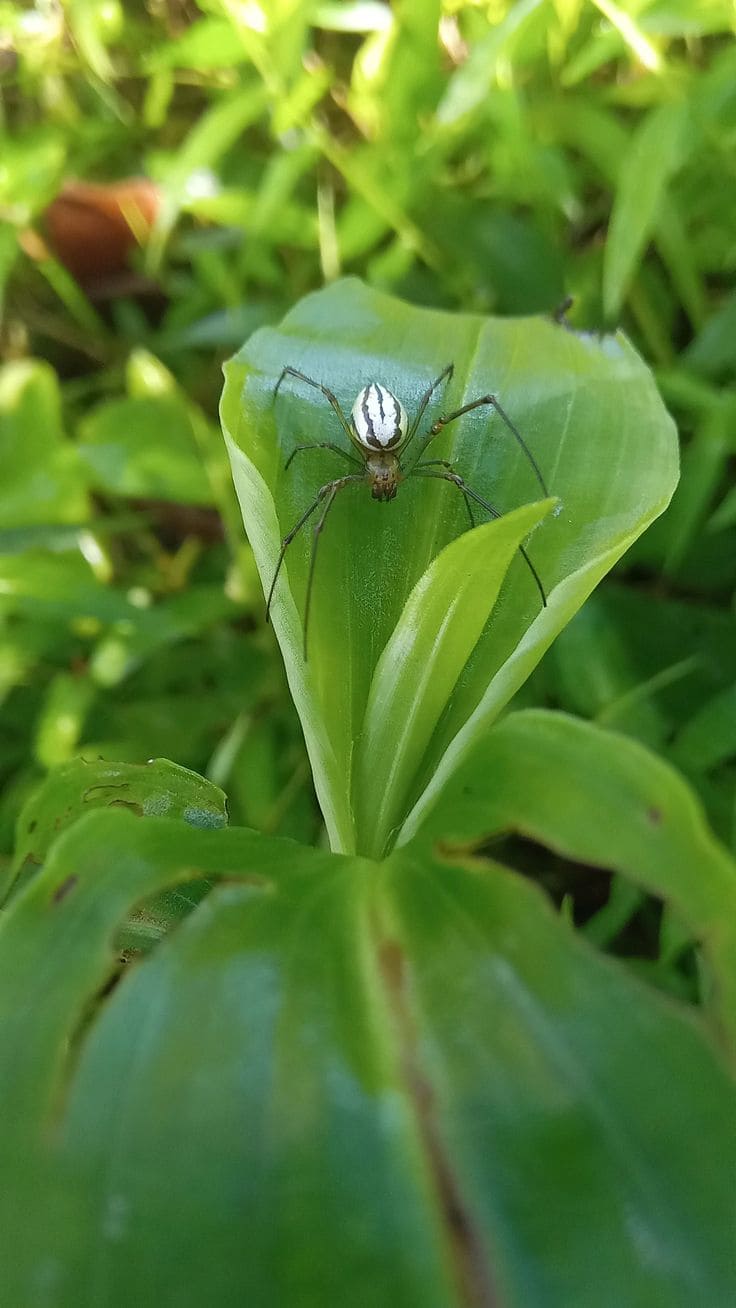
- Scientific name: Various species (e.g., Araneidae, Salticidae)
- Targets: Flies, mosquitoes, gnats, moths
- Best stage: All
- How to attract: Mixed-height vegetation, quiet corners, undisturbed webs
Before you swat or scream, know this: your average garden spider is doing you a favor. They build webs that trap flying insects, especially in the early morning and dusk when pests are most active.
Some spiders hunt instead of spin. Each has a different rhythm, a different hunting style. But all of them reduce your reliance on sprays.
#8. Tachinid Flies
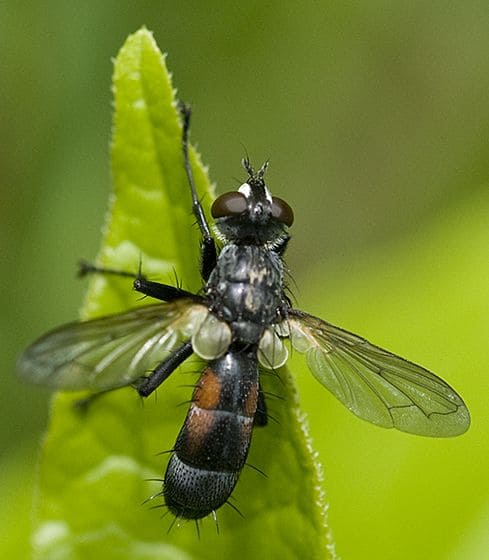
- Scientific name: Tachinidae
- Targets: Caterpillars, squash bugs, beetles
- Best stage: Larvae (internal parasitoids)
- How to attract: Wild carrot, buckwheat, mint, and yarrow
Not your typical fly. These fuzzy, bristly creatures are kind of like the bounty hunters of the insect world. They lay their eggs on pest insects, and once the larvae hatch, the host doesn’t survive.
You might not notice them at first, but if your plants suddenly seem free of cutworms or corn borers, thank the tachinids.
You can attract them by planting nectar-rich flowers with short, shallow blooms. They’re also drawn to compost piles, so keeping a healthy organic heap nearby doesn’t hurt.
#9. Minute Pirate Bugs

- Scientific name: Orius spp.
- Targets: Thrips, mites, small caterpillars, insect eggs
- Best stage: All
- How to attract: Caraway, cosmos, marigold, and alfalfa
Tiny, black-and-white, and often overlooked, these pirate bugs are fearless predators. Despite being only 2–3mm long, they punch far above their weight.
They dart across leaf surfaces, piercing pests with needle-like mouthparts. They’re especially valuable in greenhouses, where aphids and thrips thrive.
Because they feed on pollen as well as prey, planting nectar plants nearby gives them a reason to stick around after the feast is done.
#10. Native Bees
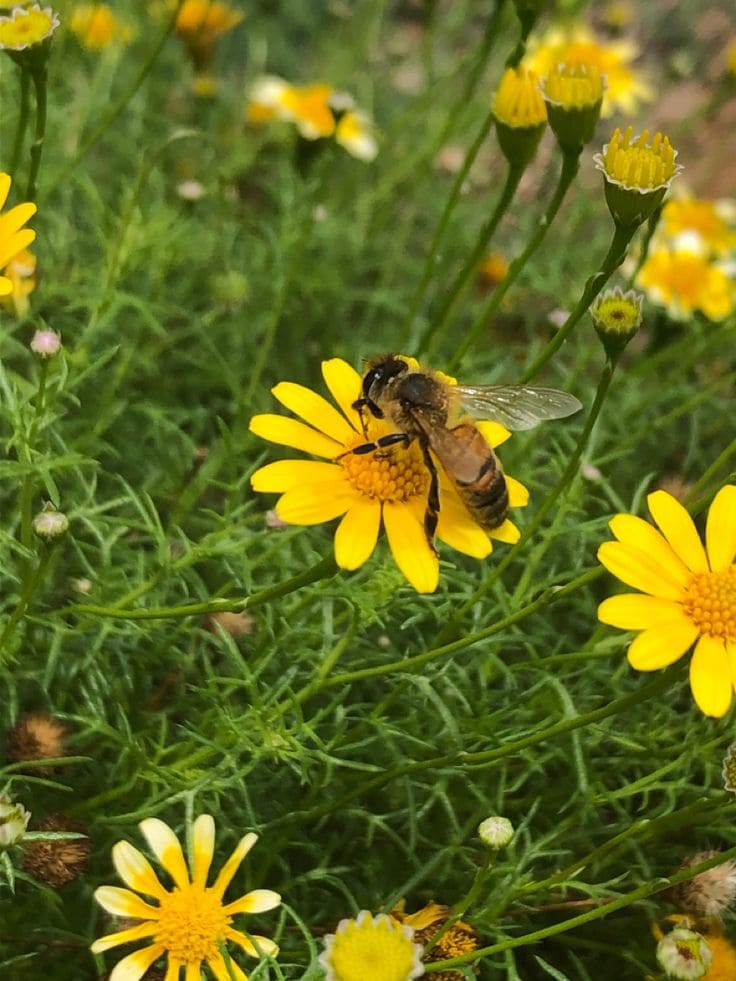
- Scientific name: Various species (e.g., Bombus, Osmia, Melissodes)
- Targets: Not pests, pollinators
- Best stage: All
- How to attract: Diverse native wildflowers, bee hotels, undisturbed soil
They may not fight pests, but their role is just as important. Native bees pollinate tomatoes, peppers, berries, and squash, often more efficiently than honeybees.
These native bees are solitary, gentle, and not out to sting you. What they want is a safe place to nest and a few pesticide-free blooms.
You should leave some bare patches of soil, let dandelions bloom or even install a few bee hotels. With native bees on your side, your garden becomes more abundant, more alive, and far more resilient.



